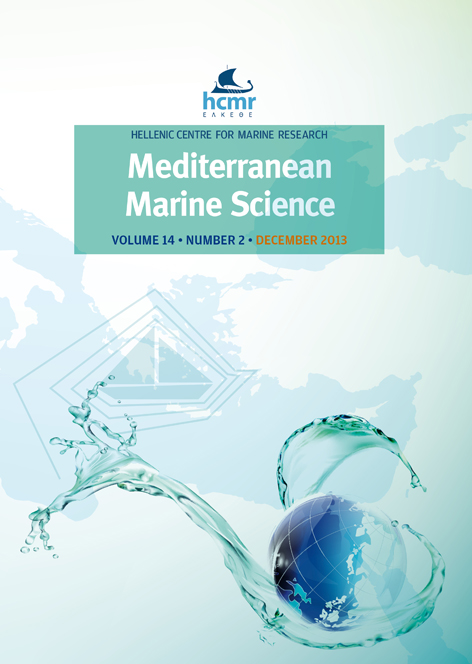Granulomas caused by Mycobacterium sp. in farmed Turbot Scopthalmus maximus (Linnaeus, 1758)
Аннотация
Turbot, Scophthlalmus maximus, is a Pleuronectiformes fish that occurs in northeast Atlantic along the European coast and in the Mediterranean Sea and is produced in aquaculture since the last quarter of the twentieth century. During a survey conducted in a turbot fish farm nodular formations were occasionally observed in several organs, especially in the kidney and in the spleen. Microscopic observations showed that these nodules contained acid-fast bacilli. The molecular identification of the isolated bacteria conducted to the Mycobacterium genus. Although no abnormal mortalities were evident morbidity was observed. The normal development and welfare of infected fish decrease and the condition factor, the haematocrit and the haemoglobin concentration in blood decreases significantly with the increase of nodules abundance.
Article Details
- Как цитировать
-
JERONIMO, D., BARBOSA, A., RAMOS, M., MARQUES, J., MOREIRA, M. H., SOUSA, J. A., CRUZ, C., & SARAIVA, A. (2013). Granulomas caused by Mycobacterium sp. in farmed Turbot Scopthalmus maximus (Linnaeus, 1758). Mediterranean Marine Science, 14(2), 424–431. https://doi.org/10.12681/mms.608
- Выпуск
- Vol 14, No 2 (2013)
- Раздел
- Research Article
Authors who publish with this journal agree to the following terms:
- Authors retain copyright and grant the journal right of first publication with the work simultaneously licensed under a Creative Commons Attribution Non-Commercial License that allows others to share the work with an acknowledgement of the work's authorship and initial publication in this journal.
- Authors are able to enter into separate, additional contractual arrangements for the non-exclusive distribution of the journal's published version of the work (e.g. post it to an institutional repository or publish it in a book), with an acknowledgement of its initial publication in this journal.
- Authors are permitted and encouraged to post their work online (preferably in institutional repositories or on their website) prior to and during the submission process, as it can lead to productive exchanges, as well as earlier and greater citation of published work (See The Effect of Open Access).





